1.What Is LED Light?
LED stands for Light Emitting Diode. It is a semiconductor device that emits light when an electric current passes through it. LED are highly efficient, durable, and versatile light sources that have gained widespread popularity in various applications.
LEDs work based on the principle of electroluminescence, where the movement of electrons in a semiconductor material generates light. Unlike traditional incandescent or fluorescent bulbs, LEDs do not rely on heating a filament or gas to produce light, making them much more energy-efficient.
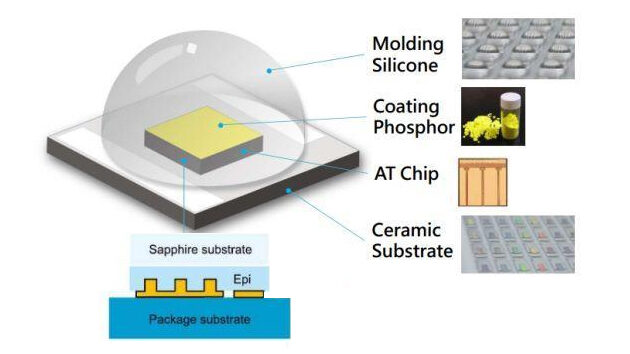
2.What Are The Kinds For LED Lights?
There are several different kinds of LED lights available, each designed for specific purposes and applications. Here are some common types of LED lights:
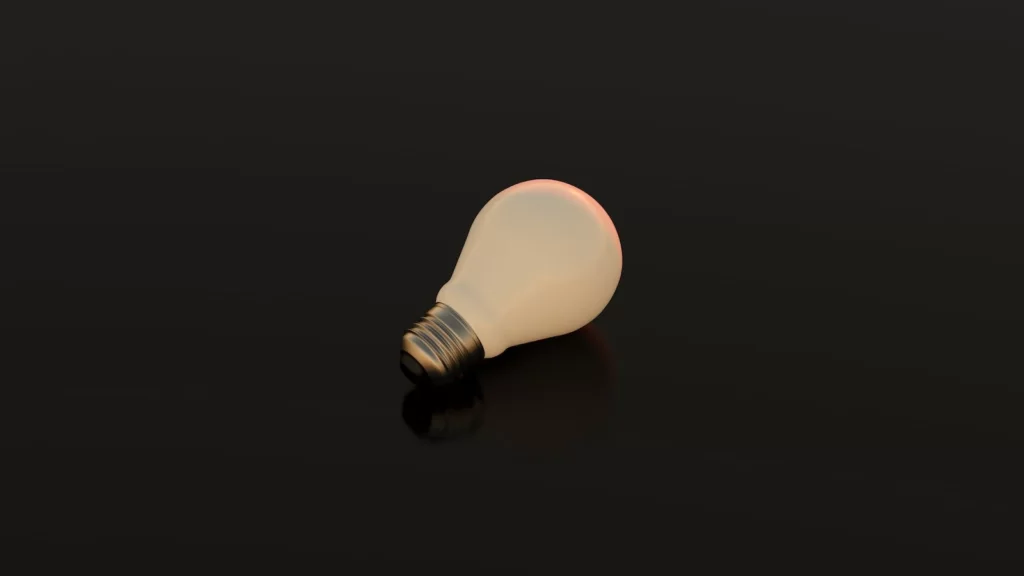
LED Bulbs: These are retrofit replacements for traditional incandescent or compact fluorescent bulbs. LED bulbs come in various shapes and sizes to fit different fixtures and offer energy-efficient lighting solutions for homes, offices, and other indoor spaces.

LED Tubes: LED tube lights are designed to replace fluorescent tube lights commonly used in commercial and industrial settings. They provide high-quality lighting, better energy efficiency, and longer lifespan compared to traditional fluorescent tubes.
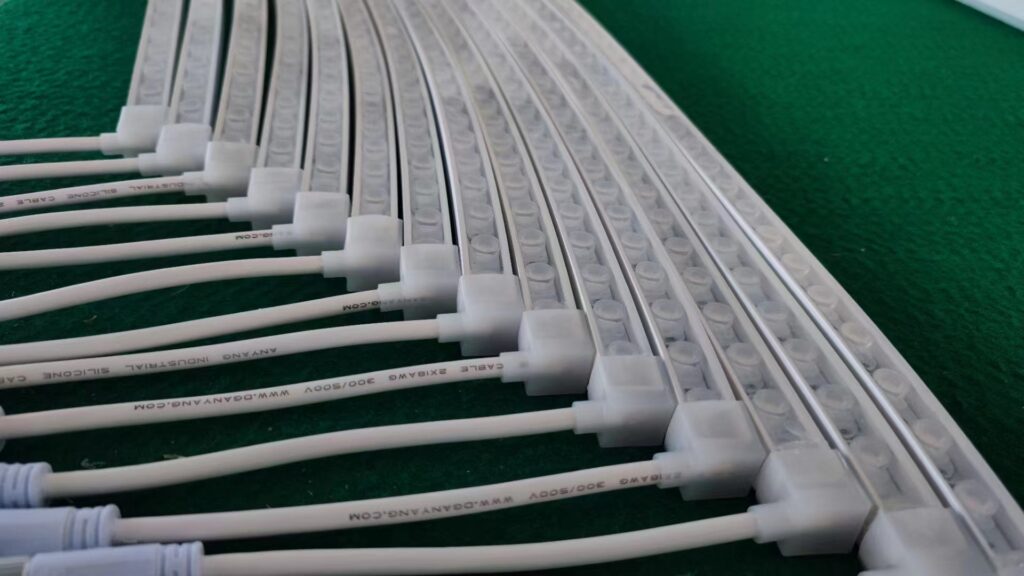
LED Strips: Also known as LED tape or ribbon lights, LED strips consist of a flexible circuit board embedded with small LED chips. They are versatile and can be easily installed and shaped to fit different spaces. LED strips are commonly used for accent lighting, under-cabinet lighting, decorative lighting, and backlighting for displays.

LED Spotlights and Floodlights: LED spotlights and floodlights are designed to provide focused and directional lighting. Spotlights offer a narrow beam angle for highlighting specific objects or areas, while floodlights provide a wider beam angle for illuminating larger spaces, such as outdoor areas or sports fields.
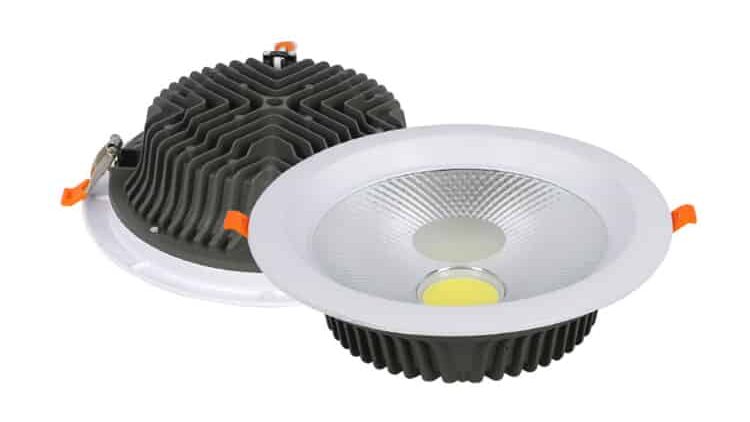
LED Downlights: These are recessed light fixtures that are installed into ceilings. LED downlights provide a clean and modern look while offering efficient and focused lighting for various settings, including homes, offices, and commercial spaces.
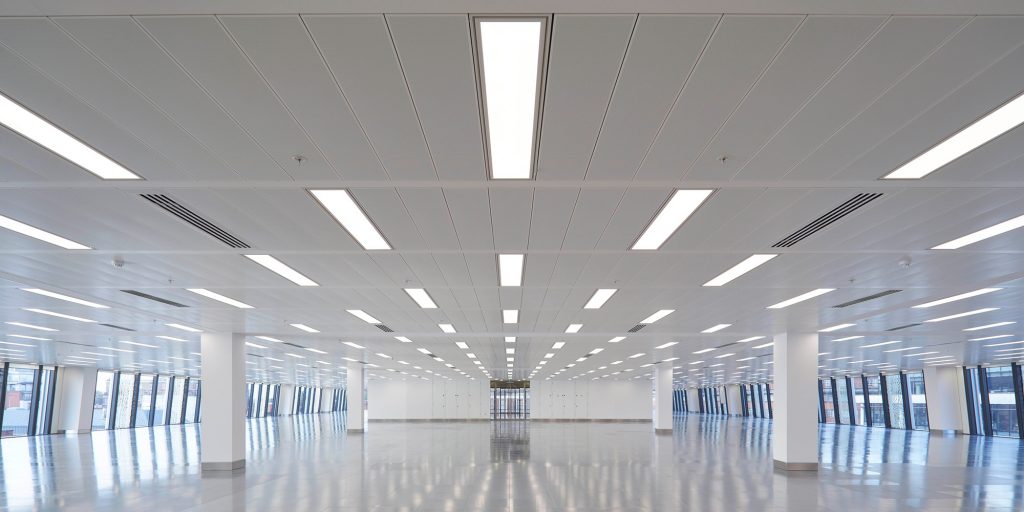
LED Panel Lights: LED panel lights are flat, thin fixtures that provide even and uniform illumination. They are commonly used in offices, schools, hospitals, and other commercial spaces to create a visually appealing and well-lit environment.

LED High-Bay Lights: LED high-bay lights are designed for use in large indoor spaces with high ceilings, such as warehouses, gymnasiums, and manufacturing facilities. They offer high-intensity lighting to illuminate large areas efficiently.

LED Streetlights: LED streetlights are outdoor lighting fixtures designed for illuminating roadways and public spaces. They provide bright and uniform lighting, energy efficiency, and long lifespan, contributing to safer and more sustainable lighting solutions for cities and municipalities.
These are just a few examples of the different kinds of LED lights available in the market. LED technology continues to evolve, leading to the development of new and innovative lighting solutions for various applications.
3.The Advantage of LED Lights
LED lights offer numerous advantages over traditional lighting technologies. Here are some key advantages of LED lights:
Energy Efficiency: LED lights are highly energy-efficient, converting a larger percentage of electrical energy into light compared to incandescent and fluorescent lights. They consume significantly less power, resulting in lower electricity bills and reduced environmental impact.
Directional Lighting: LED lights emit light in a specific direction, unlike traditional bulbs that emit light in all directions. This directional lighting capability reduces wasted light and enables better light distribution, making LEDs more efficient for applications such as spotlights and task lighting.
Long Lifespan: LED lights have an exceptionally long lifespan compared to traditional lights. They can last tens of thousands of hours, which translates to several years of use under normal conditions. This longevity reduces the frequency of replacement and maintenance costs.
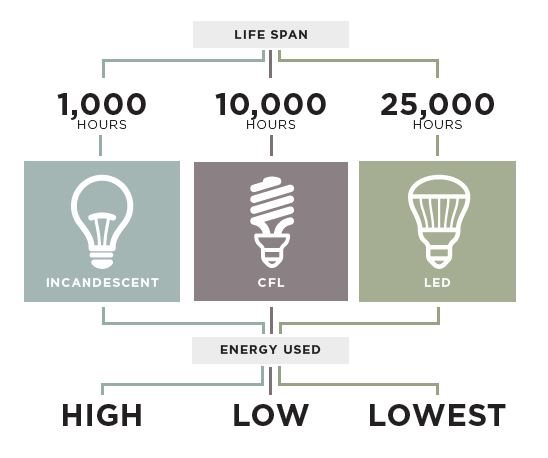
Reduced Heat Emission: LED lights produce significantly less heat compared to traditional lighting options. This not only helps in energy efficiency but also reduces the risk of burns or fire hazards. It makes LEDs safer for use in enclosed spaces or areas where heat-sensitive objects are present.
Durability: LEDs are solid-state devices that are more robust and resistant to shocks, vibrations, and external impacts. They do not have fragile filaments or glass components, making them more durable and suitable for various applications, including outdoor and rugged environments.
Instant Lighting: LED lights provide instant illumination when switched on, without any warm-up time. They reach full brightness immediately, which is particularly beneficial in situations where immediate and reliable lighting is required.
Compact Size: LED lights are small and compact, allowing for flexible and versatile lighting designs. They can be easily integrated into different fixtures and products, offering design possibilities that were not achievable with traditional lighting technologies.
Design Flexibility: LEDs are available in a wide range of colors and color temperatures, allowing for versatile lighting designs and customization. They can be easily controlled to create dynamic lighting effects, color-changing options, and dimming capabilities.
Environmental Benefits: LED lights are environmentally friendly due to their energy efficiency and long lifespan. They consume less energy, reducing greenhouse gas emissions associated with electricity generation. Additionally, LEDs do not contain hazardous materials such as mercury, which is present in fluorescent lights.

Improved Safety: LEDs produce less heat compared to traditional lights, reducing the risk of burns or fire hazards. They are also less prone to failure or sudden breakage, making them safer in certain applications.
4.The Disadvantage Of LED Lights
While LED lights have numerous advantages over traditional lighting options, they are not without their disadvantages. Here are some common drawbacks associated with LED lights:
Initial Cost: LED lights tend to have a higher upfront cost compared to traditional incandescent or fluorescent bulbs. Although the prices of LED lights have significantly decreased over the years, they are still relatively more expensive than other options. However, the long-term energy savings they offer can offset the initial investment.
Color Temperature: LED lights can vary in color temperature, which is measured in Kelvin (K). Some people may prefer the warm, yellowish light of incandescent bulbs, and finding LED lights that replicate this color temperature exactly can be challenging. While LED lights come in various color options, including warm white, they may not provide an exact match to traditional bulbs.

Blue Light Concerns: Blue light emissions from LED lights have raised some concerns, particularly regarding their potential effects on human health. Blue light can interfere with sleep patterns and disrupt circadian rhythms, leading to sleep disturbances. However, advancements in LED technology have enabled the development of “warmer” LED lights that emit less blue light, mitigating this issue.
Heat Sensitivity: Although LED lights are more energy-efficient compared to traditional bulbs, they can still generate heat. However, unlike incandescent bulbs that radiate heat, LEDs disperse heat through their base. If not properly managed, excessive heat can affect the lifespan and performance of LED lights. Therefore, proper heat dissipation measures, such as adequate ventilation or heat sinks, may be necessary.
Color Fidelity: While LED lights offer a wide range of colors, some cheaper or lower-quality LEDs may have lower color rendering capabilities. This means they may not accurately reproduce the true colors of objects, leading to a slight distortion in color perception. High-quality LED lights generally have better color rendering properties.
5.Conclusion
Despite these disadvantages, the overall benefits of LED lights, such as energy efficiency, long lifespan, and environmental friendliness, make them a popular choice for various lighting applications. Manufacturers continue to improve LED technology, addressing these drawbacks and enhancing their performance and user experience.
6.Buying LED Lights From Amber Lighting
It is crucial to ensure that LED lights are always purchased from reputable manufacturers or providers. Given the lack of standardization in the LED lighting industry, there is a risk of encountering poor-quality LED light providers. RC Lighting is an exemplary provider known for delivering comprehensive LED light solutions.
Amber Lighting offers top-notch lighting solutions at a remarkably competitive price compared to other competitors in the market. With over a decade of experience in providing high-quality LED lighting solutions, the company has established a strong reputation.
Amber Lighting stands out by offering customizable LED lighting solutions that can be tailored to meet individual customer requirements. This flexibility allows customers to create lighting plans that precisely suit their needs.
Moreover, what adds further appeal is that every product from Amber Lighting comes with a reliable 5-year warranty, making the company a trusted source of LED packages.
If you are interested in purchasing LED lights, consider contacting Amber Lighting today to explore their offerings.
